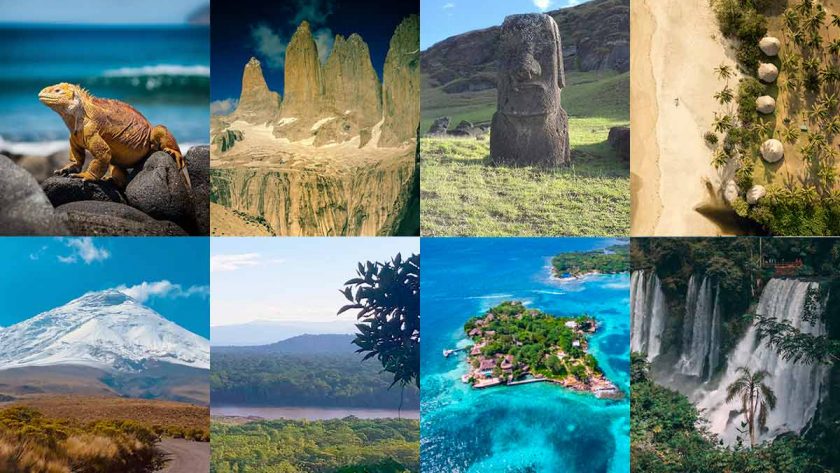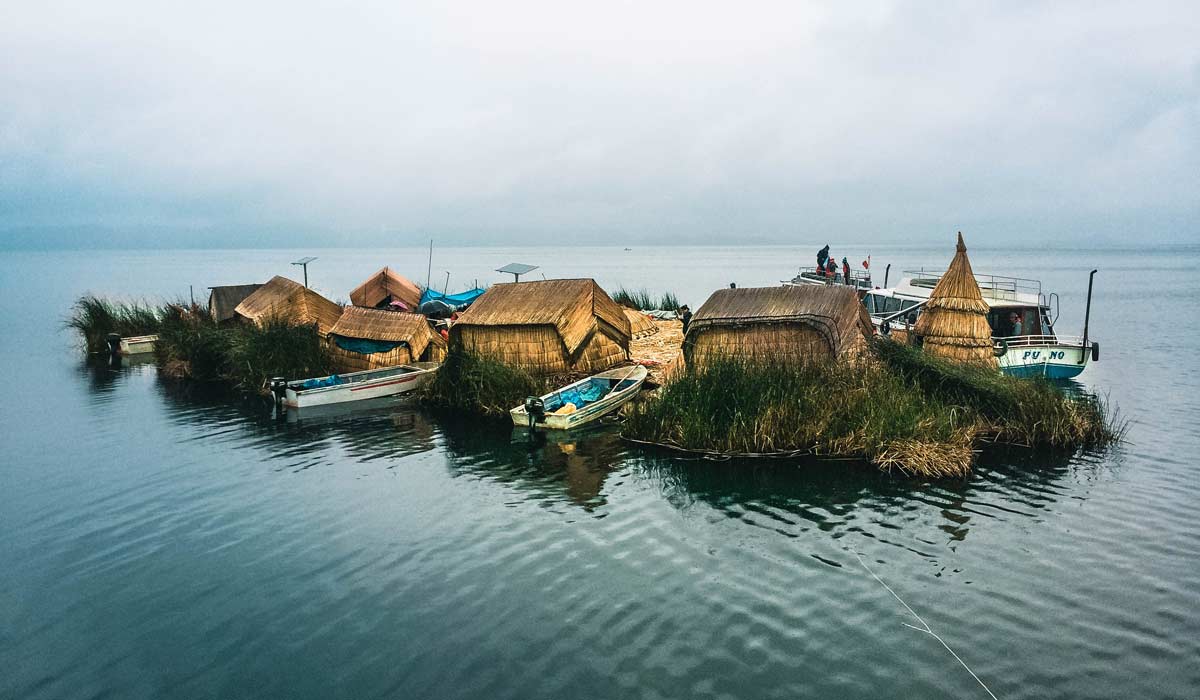This post is also available in:
 Español
Español
Latin America is a true wonder. From jungles to glaciers to archaeological ruins and authentic exotic gastronomy. As we know that you are also a nature lover, today we talk about the best national parks in South America.
You’ll see that by the time you finish reading, you’ll have one more destination on your checklist. Here we go!
National Parks in Chile
Chile is an amazing country and, of course, home to two of the best national parks in South America.
Torres del Paine National Park
Located in the southern part of Chile, Torres del Paine National Park is one of the most beautiful in Patagonia. Became a World Biosphere Reserve by UNESCO in 1978, it is visited by people looking for immersive nature hikes. It is known for its three granite mountains of the same name that gave its name to the park that dominates the landscape.

It is a park of 180,000 hectares so there are many places to see inside the park: glaciers, icebergs, viewpoints, valleys… A wonder!
There are also several tours in Torres del Paine that you can do to explore every corner, but without a doubt, the best known are the famous 5-day W Trek or the 8-day O Circuit. The former has a W shape that gave its name to the trail and crosses three valleys, while the latter goes around the mountain while still including the former and, therefore, takes longer. There are quite a few differences between the W trek and the O Circuit, it all depends on your preferences.
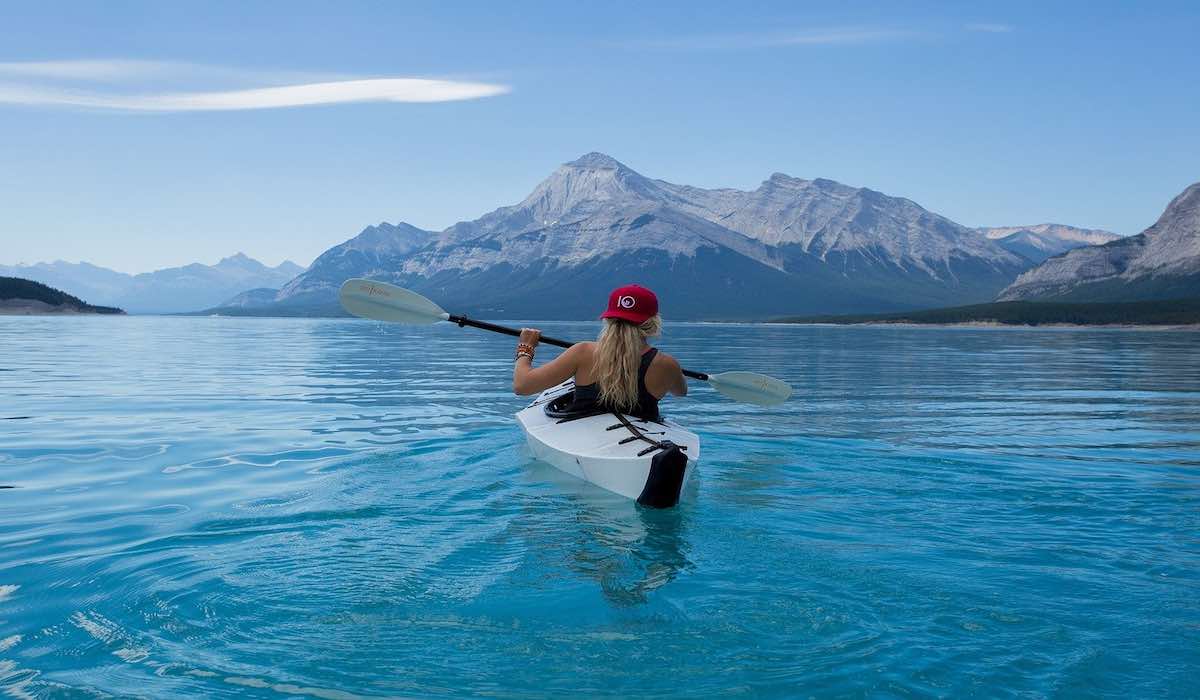
On the other hand, you can kayak on Grey Lake to have a better view of the Glacier that flows into the lake. As for Lake Pehoé, it is surrounded by endemic vegetation and, if you are lucky, you can observe some of the wildlife. It has crystal clear waters that can reflect the mountains beside it.
To give you an idea of what it is really like to enjoy this place, we leave you our experience in the W Trek of Torres del Paine. According to our colleague Javier, one of the best trips of his life.
Rapa Nui National Park
Rapa Nui, also known as Easter Island, is famous for its human figures carved by the natives of the island between 1250 and 1500 BC, i.e. the famous moais. Most of them are still found in the main quarry of the Rano Raraku volcano, although some were moved to ceremonial platforms called ahu: there are more than 1000 of them all over the island 😱.
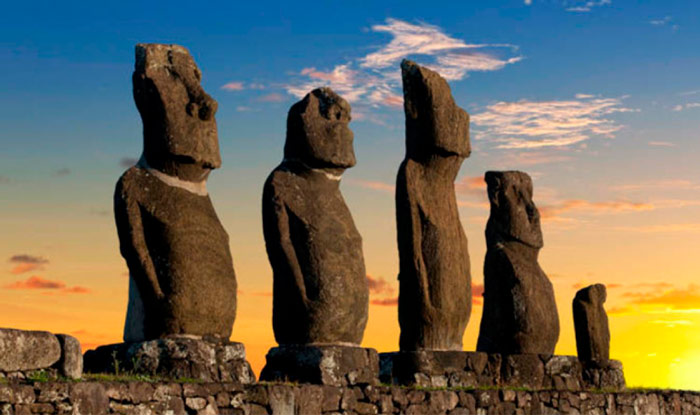
It is located more than 3600 km off the coast of Chile, making it one of the most isolated places on the planet (which helped it maintain its authenticity), a perfect blend of culture and natural adventure, so a visit to Easter Island is sure to delight you. The World Monument fund began its work in 1968, while UNESCO recognized it as a World Heritage Site in 1995.
Another site of interest is Orongo, which is a ceremonial village with 53 flat stone houses. It is on the cliffs of the crater of the Rano Kau volcano which gives a good view of the landscape. It is the largest volcanic crater on the island, its eruption two and a half million years ago contributed to give it life.
National Parks in Peru
Peru is another of those Latin American countries that surprise every corner. From the Amazon jungle of Iquitos to Machu Picchu through its capital Lima. It has a unique nature and of course, a unique natural park.
Manu National Park
Considered one of the largest national parks in South America, Manu National Park is also one of the most biodiverse areas in the world. Located in the southwestern part of Peru, it was created in 1973 and became a World Biosphere Reserve in 1977 and then a UNESCO World Heritage Site in 1987.
It covers an area of just over 1.7 million hectares. The park protects several ecological zones ranging from 300 meters to 4000 meters in altitude. It is home to a diversity of plants ranging from 2000 to 5000 and 1000 species of vertebrates.

It is the only national park in Latin America that covers the full range of environments from lowland rainforest to cold grasslands. The park is divided into different zones that have their own space according to who can enter. Therefore, you can only visit Manu National Park with a guided tour.
There are different zones:
- Restricted Zone
- Special Use
- 2 Different recreational zones
- Cultural
- Recovery
- Service
By far the largest, is the Restricted Zone which consists mainly of undisturbed forest and is dedicated exclusively to conservation with controlled access for researchers and indigenous subsistence resources. The smallest, on the other hand, is the Service Zone, where indigenous tribes can still be found: the only permanent inhabitants.
Some of them are sedentary and have contact with the modern world, while others are still semi-nomadic and have voluntarily isolated themselves or had the first contact.
National Parks in Bolivia
Bolivia is known for its famous Uyuni Salt Flat. However, it also has a part of the Amazon, Rurrenabaque, which makes it one of the most striking destinations in Latin America. In this area, we find a large national park.
Madidi National Park
Madidi National Park was established in 1995 and is located in the northwestern part of Bolivia. With an area of 19,000 square kilometers, it is one of the largest protected areas in Bolivia. The park is considered one of the most biodiverse in the world with more than 140,000 species.
It is also home to 46 indigenous communities from six different tribes.
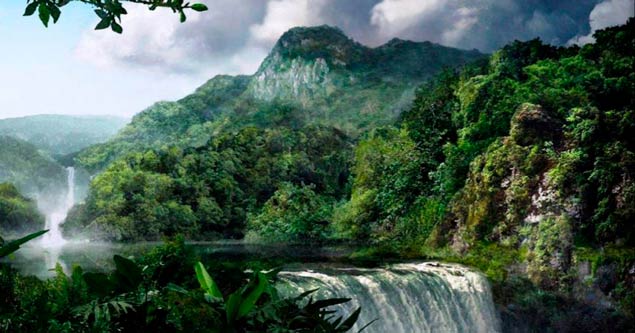
Madidi National Park is located next to the Pampas del Yacuma protected area. In case you want to visit this Bolivian paradise, you can take a combo tour of Madidi and Pampas, and explore the entire Rurrenabaque jungle.
National Parks in Ecuador
Don’t think that Ecuador is only a place for volcanoes. The nature of this country is so great that it has one of the most paradisiacal destinations in the world.
Galapagos National Park
The Galapagos National Park was created in 1959 and was the first national park in Ecuador. It was designated as a UNESCO World Heritage Site in 1978. It is located in the central-eastern part of the Pacific Ocean, just under 1400 km from the coast of Ecuador. It covers an area of about 8000 square kilometers, which is 97% of the Galapagos Islands.
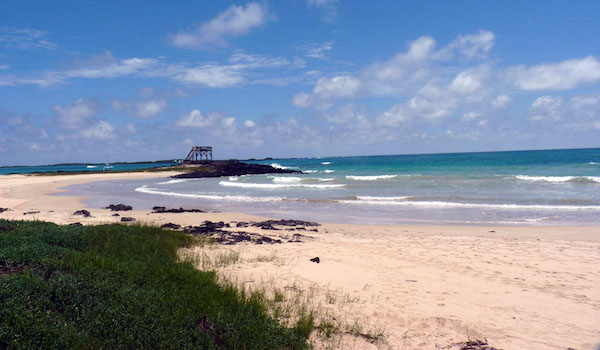
It is considered one of the most unique, scientifically important, and biologically outstanding areas on Earth. It is known for being the place where Charles Darwin did his research on evolution when he was there.
The islands are home to more than 100 endemic species, so you don’t know how many animals you can find in Galapagos. It is a paradisiacal place for snorkeling, kayaking, and other water activities so we highly recommend you to visit the Galapagos Islands and its natural park.
Cotopaxi National Park
Cotopaxi National Park is a national park about an hour’s drive from Quito, the capital of Ecuador. It is famous for its active volcano that gave its name to the park (don’t miss a climb to Cotopaxi!). With a height close to 5900 meters, it is the second-highest mountain in the country and the third-highest active volcano in the world.
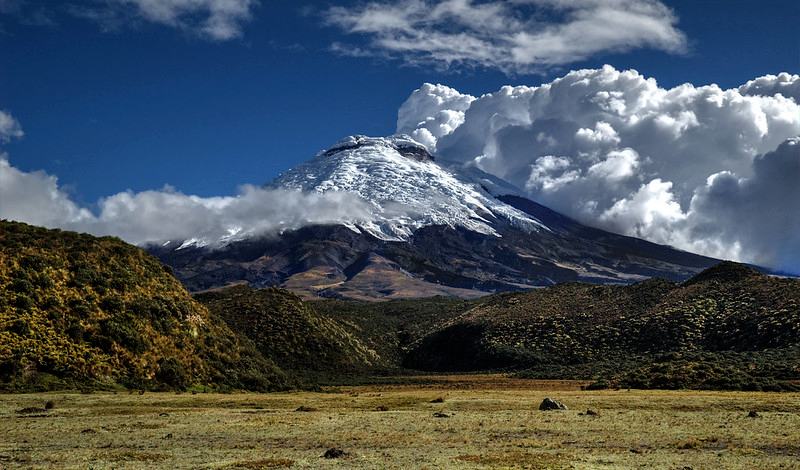
El Cajas National Park
El Cajas National Park is located in the southern part of Ecuador. It has an area of 29,000 hectares and is known for its numerous lakes. With 768 lakes, it has the largest concentration of lakes in the world. It is also recognized as a wetland of international importance. This large amount of water provides it with an important fauna, and you can discover it on a two-day tour to El Cajas National Park.

Yasuni National Park
Located in the northwestern part of Ecuador, Yasuni National Park is known by many as the most diverse place in the world. The park, of about 10,000 square kilometers, was designated a World Biosphere Reserve in 1989 by UNESCO.

It is home to two tribes that remain isolated from the world and contains three macro-level ecosystems: “Terra Firme” or land too high to flood, the “Várzea forest” (seasonal floodplains) and “Igapo”, wetlands that are at least partially flooded most of the time.
National Parks in Colombia
Colombia is a paradise. Color, joy, nature, and a privileged location make the national parks of this country postcard-worthy.
Corales del Rosario and San Bernardo National Park
Located in the north of Colombia, on the Caribbean coast and founded in 1977, the National Natural Park of the Corals of Rosario and San Bernardo is the only underwater park in the country and covers an area of 1200 square kilometers. It is 45 km from the bay of Cartagena.
It was created to protect the marine ecosystem, including coral reefs that live at depths ranging from 0 to 30 meters. Travelers often visit to see the coral reefs, as well as the marine flora and fauna.
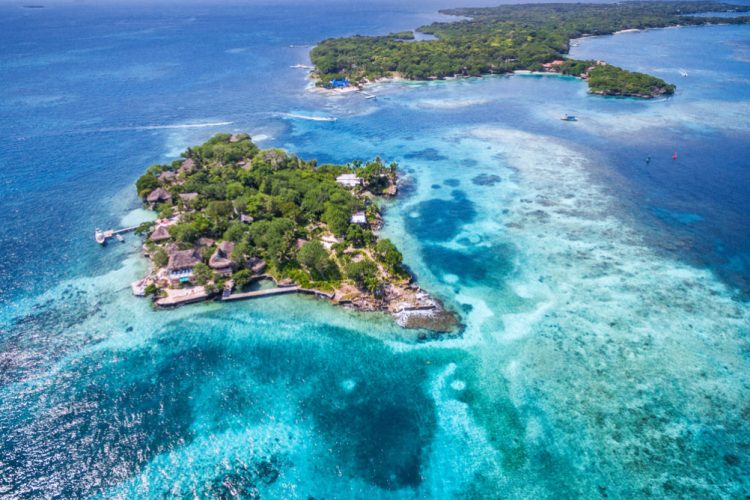
It is one of the three national parks in the Colombian Caribbean with coral reefs in its territories. It also contains the most diverse, extensive, and developed coral reef on the entire continental coast of the Colombian Caribbean. The protected area includes 4 islands that are designated untouchable zones.
The Rosario Islands are a small archipelago of 28 islands, including the well-known Pirate Island, while the San Bernardo Archipelago is composed of 10 coastal islands. On them, you can enjoy all kinds of activities such as snorkeling or kayaking, but also hiking and bird watching, a real wonder!
Tayrona National Park
Tayrona National Park is a popular destination for nature, hiking, and beach lovers. It is located in northern Colombia by the Caribbean Sea, was established in 1964, and became a national park in 1969. It is named after the indigenous Tairona people who still live in the area and consider the place sacred.
There are numerous pristine beaches within walking distance of the 150 square kilometers park, although some of them are not suitable for swimming. It also has 30 square kilometers of the marine reserve.
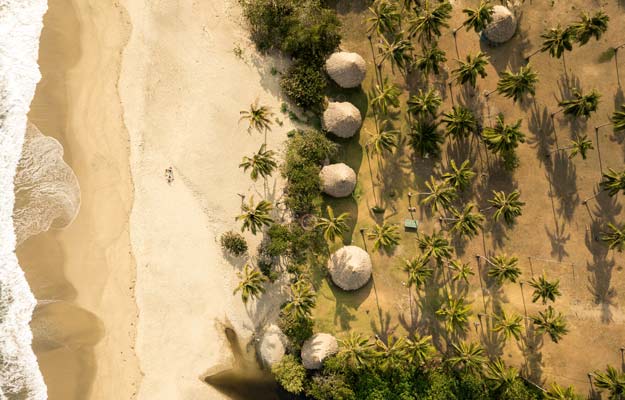
National Parks in Argentina
The country of tango is one of the longest in Latin America and Argentine Patagonia is one of the areas of the continent with more nature.
Tierra del Fuego National Park
Covering an area of 63 000 hectares, the park, created in 1960, is the southernmost national park in Argentina and shares a border with Chile. However, only a small part of the park is accessible to visitors. We invite you to tour the most incredible places of the place with a 4×4 tour of Tierra del Fuego 🔥.
It is often considered a mysterious and ancient land, as it is located in one of the southernmost points in the world, excluding Antarctica. In fact, it contains the southernmost railroad in the world, as well as being the end of the Pan-American Highway.
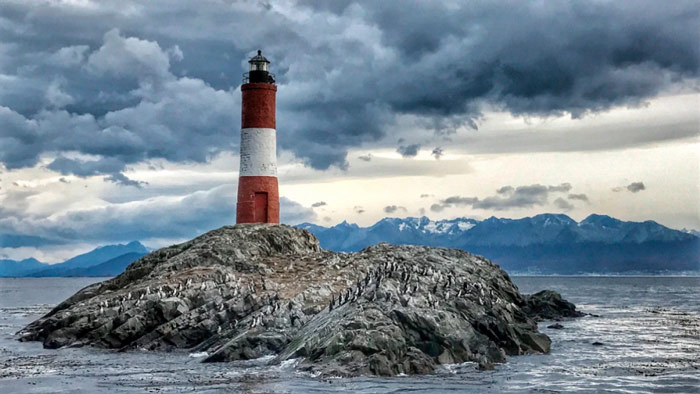
Ushuaia, a small town next to the park, is also the southernmost city in the world and is often referred to as the End of the World.
The name Tierra del Fuego was coined by the explorer Fernando de Magallanes because of all the fires he saw from his boat when he arrived, which were actually lit by indigenous tribes 😱 .
Los Glaciares National Park
This is one of the national parks in South America that our travelers like the most. Los Glaciares National Park was created in 1937. The landscape has been shaped by the countless glaciations that occurred over time and today there are 356 glaciers. The park is located in the southern part of Argentina, next to the border with Chile.
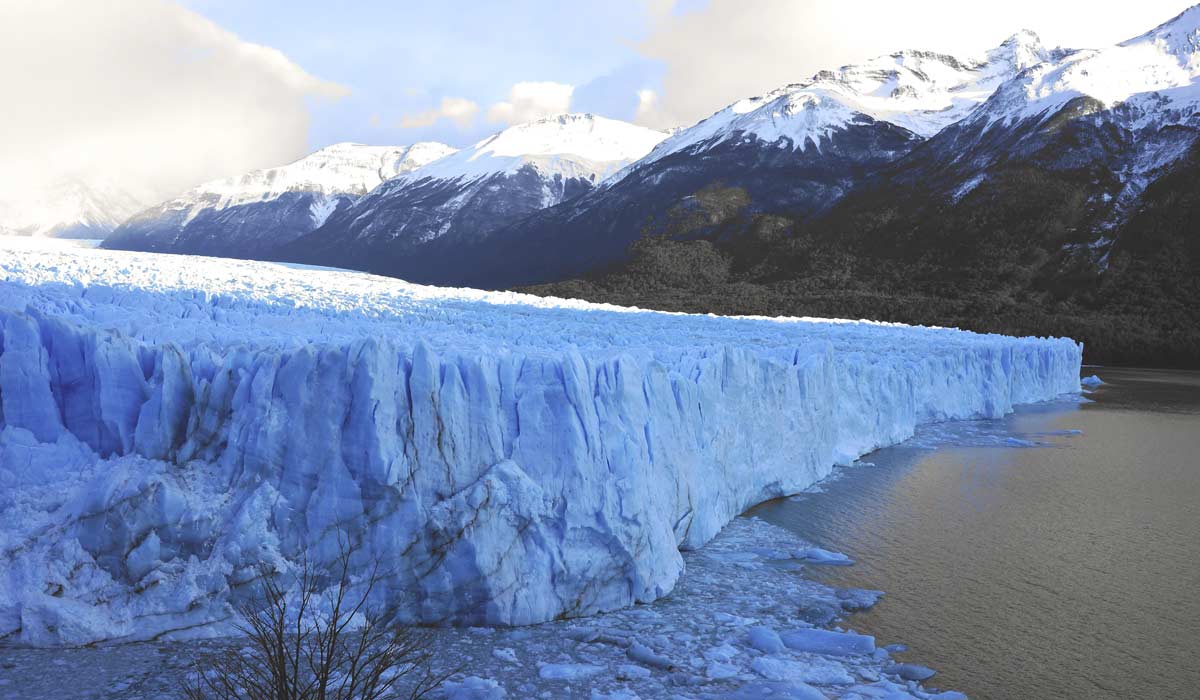
It has been a UNESCO World Heritage Site since 1981 and has a total area of 600,000 hectares, half of which are glaciers. These are usually located at a high altitude, but the ones in the park are actually much lower (1500 meters instead of 2500 meters).
On the other hand, it is the largest continental ice extension after Antarctica. The best thing about this national park is that you can see the glaciers up close, and even walk on them! The Minitrekking on the Perito Moreno glacier has become one of the most famous routes in the area and no wonder.
Iguazu National Park
Iguazú National Park is located in Argentina, on the border with Brazil and Paraguay. It is mostly known for its waterfalls that have the same name and constitute the longest series of waterfalls in the world, 275 to be precise.
At their highest point, they reach 80 meters and have a diameter of 2700 meters. At the top of the falls, there is also a system of waterfalls and rapids. The park has a protected area of over 67,000 hectares and was created in 1934 to protect one of Argentina’s greatest natural wonders.

The Iguazú National Reserve was defined in 1970 and constitutes the western part of the park. Both the Argentine and Brazilian sides were declared Natural World Heritage Sites by UNESCO in 1986. You can visit the Iguazu Falls from the Argentine side, which is larger, but you can also tour Iguazu from the Brazilian side, which although smaller, encompasses better views.
The falls come from the Iguazu River, which means in the Guraní language “big water” that follows the border between Brazil and Argentina before falling into the Paraná River in Paraguay. That point is also known as the Triple Frontier since it is where the borders of the three countries meet.
These are, according to our criteria and experience, the best national parks in South America. We can assure you that wherever you go, you will enjoy an impressive nature, although if you have the chance, create a checklist and visit them all! ✅ There are experiences that you have to live at least once in your life. Have you already been to any of them?

